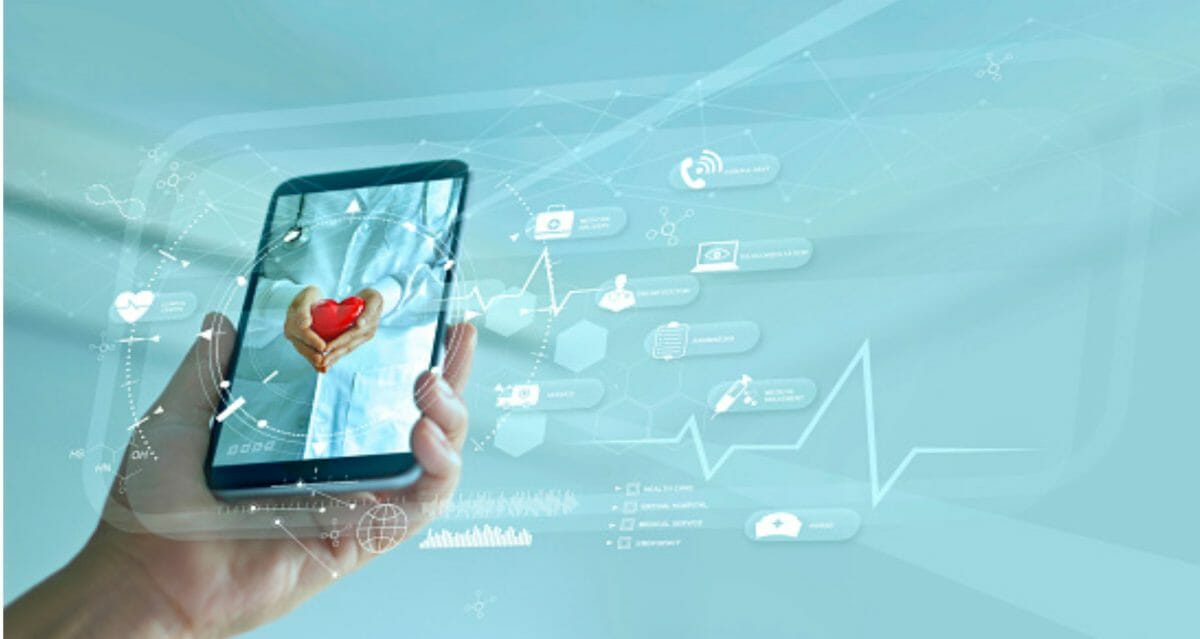As we venture into a world of technological advances, automation and the use of software are called for in all sectors and industries. The healthcare industry is not exempted from this as well; software has become an essential component of all products, being widely integrated into digital platforms that serve both medical and non-medical purposes. Initially, software was integrated with medical devices and used in maintenance and manufacturing.
Technological advances have taken its use to another step, making the software itself a medical device – Software as a Medical Device (SaMD). While these products are not traditional medical devices, they do have the prospect of enhancing the standard of living for patients worldwide.
The SaMD market is expected to grow rapidly over the next few years. With increasing health concerns, software developers are expanding their portfolios by introducing new products that help improve patient care and treatment. As technologies advance and more users gain access to the internet, demand for these products will continue to rise.
This article will cover everything you need to know about how to choose a SaMD business model, so let’s get rolling.
What is SaMD?
The International Medical Device Regulators Forum (IMDRF) defines SaMD as “a piece of software with one or more medical functions that are not an integral part of a hardware medical device.” Because it can perform complex medical manipulations such as diagnosing, clinical management, and treatment suggestions, it’s a fairly new and innovative healthcare solution.
Simply, software on your mobile device that tracks your sleep cycle is a SaMD, but a digital device integrated with software that measures your blood pressure is not a SaMD.
Few examples of SaMD:
- A mobile application for MRI imaging on your smartphone
- Sleep detection app that shows information and findings of sleep patterns on the phone
- An operating system clone of the electronic mammogram machine used to detect breast cancer.
- Mobile phone software for monitoring pacemaker activity
Uses Of SaMD
According to the International Medical Device Regulation Forum (IMDRF), the SaMD applications can be used in three ways in clinical practice.
Treatment and Diagnosis
SaMD applications are used for treatment and diagnosis. The information they provide is used to take direct or short-term actions, using the application coupled with other medical instruments or general-purpose hardware and software to treat or prevent disease.
Testing for an ailment or well-being directly on the patient’s body or using information from other healthcare or general-purpose devices to diagnose it.
Clinical Management
SaMD in clinical management suggests that the information gathered with their assistance will be used to detect early signs of disease. Clinicians will use SaMD data to guide the next steps in diagnostics and treatment:
Improving the safety and effectiveness of the use of other healthcare equipment or devices, predicting risks, and providing support in accurate diagnosis
Monitoring of Health
SaMD can track the health of patients or the public at large, depending on the severity.
- Critical conditions are life-threatening or untreatable ailments in which timely diagnosis or medical intervention is required to avoid death, serious health problems or mitigate public health impact.
- Serious conditions are those in which prompt and accurate action are required to avoid possible unwanted medical interventions or long-term complications for both patients and public health. They are curable, unlike critical conditions, and do not necessitate significant or timely interventions.
- Non-serious conditions are those in which timely and accurate diagnosis and treatment are of moderate importance: diseases with a slow and foreseeable progression that require minor non-invasive interventions.
Challenges of SaMD
Your sensitive data is made available over the network by software that serves the same as a medical device. The challenge is to ensure data security while maintaining product functionality and efficiency. Because of the variety of software being developed for healthcare, security risks are very high. Stakeholders, regulatory bodies, and various authorities at various levels must follow FDA regulations to speed up the approval of software developed for healthcare applications.
Another significant challenge is integrating modern product development methodologies for the ever-changing internet with backend security. Because the internet is dynamic, there is no way to eliminate security concerns while also trying to make your device adaptable to the changing internet.
Conclusion
In 2027, the market for software used in medical devices is anticipated to be worth $86 billion. Given the special characteristics of Software as a Medical Device that go beyond the capabilities of a traditional healthcare device or hardware, regulatory agencies across the globe have recognized the need to create a standard framework and principles for Software as a Medical Device that will allow all stakeholders, including regulatory bodies, to enhance safe advancement of such devices and protect the safety of patients.
